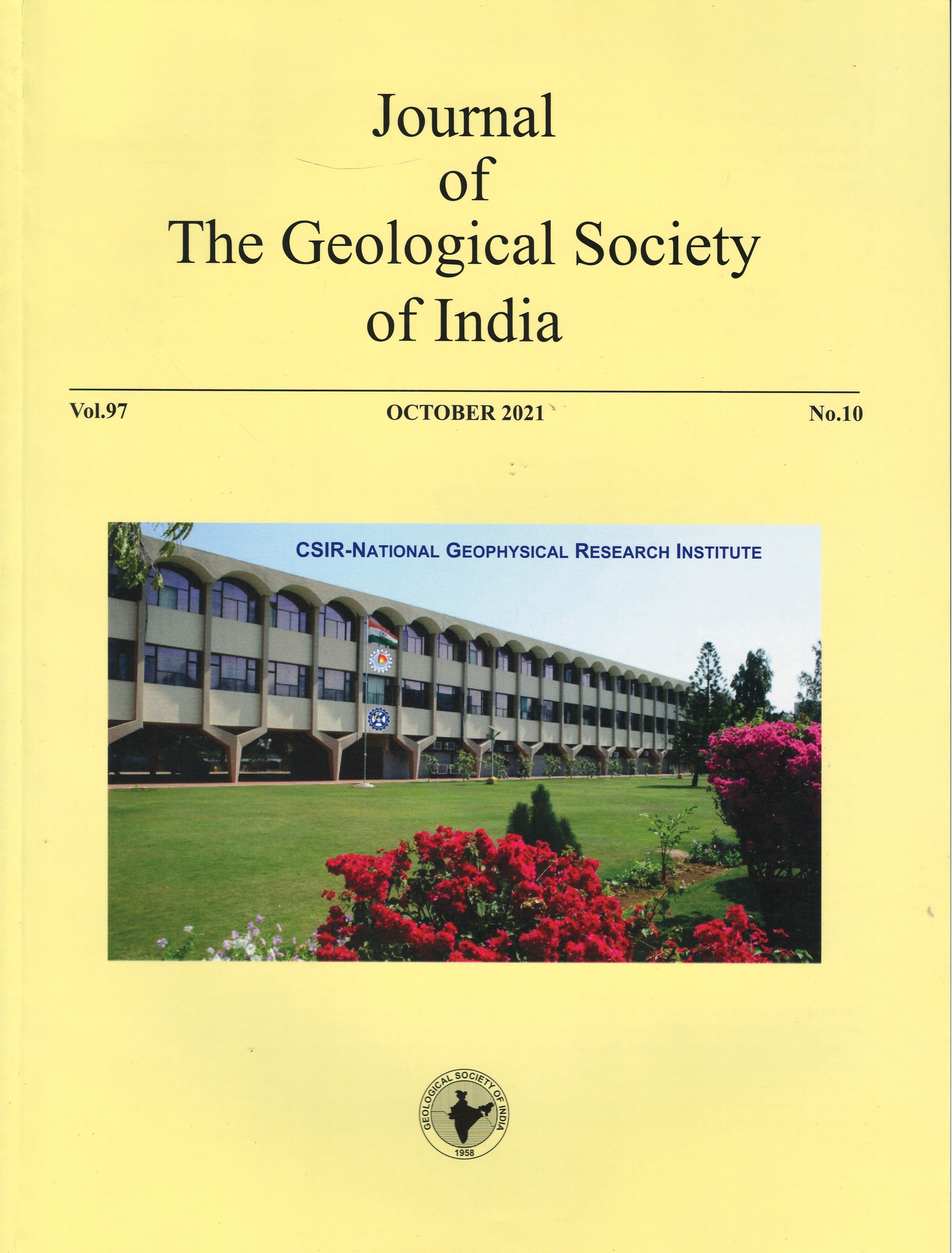MT/LMT Studies for Crust and Upper Mantle Structure of India and Its Adjoining Regions: Contribution of CSIR-NGRI
DOI:
https://doi.org/10.1007/s12594-021-1854-4Keywords:
No keywords.Abstract
The CSIR-NGRI introduced the magnetotelluric (MT) method into its scientific programmes during late 1970s for crustal electrical imaging. The mapping of a major subtrappean sedimentary basin in the northwestern Saurashtra is the first major accomplishment of CSIR-NGRI in the field of MT studies which provided a solution to a long standing problem in hydrocarbon exploration. Later, the CSIR-NGRI carried out several MT studies covering different geological terrains in the Indian peninsula to image the subsurface electrical structure up to deep crustal/lithospheric levels mainly for hydrocarbon and geothermal explorations apart from geodynamic and seismotectonic studies. The addition of long period MT (LMT) measurement facilitated further enhancing the depth of investigation to deeper levels into the lithosphere. The areas of these MT investigations by CSIR-NGRI cover major geological terrains of India viz., the Himalaya, Ganga basin, Jaisalmer basin, Kutch, Narmada-Son lineament, Deccan Volcanic Province, Dharwar craton, Southern Granulite Terrain, and Andaman Nicobar Islands. Based on all these studies, significant conductive structures have been identified and are interpreted to be Gondwana/Mesozoic sediments, fault zones, shear zones, thrust zones. The CSIR-NGRI has established itself as a leader in MT/LMT studies in India. To meet future resource exploration and geodynamics challenges, the CSIR-NGRI should design and implement special projects for scanning the Indian continent by acquiring and modelling of array MT/LMT data. Efforts are to be intensified to integrate the results from MT studies with those from seismic and gravity data to help retrieving a comprehensive and stable three-dimensional electrical model of the lithosphere.

 Prasanta K. Patro
Prasanta K. Patro






